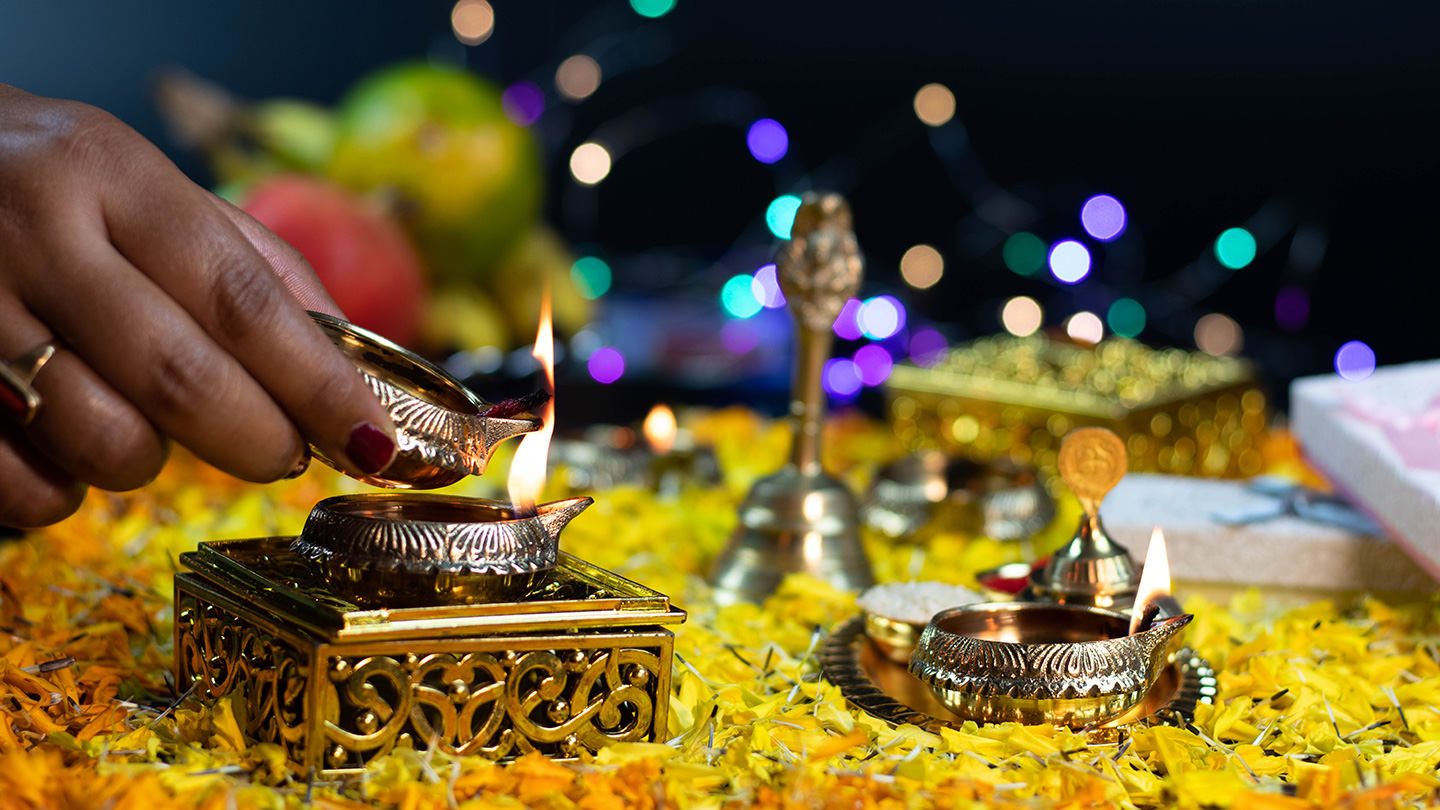Miscellaneous
Which ‘Sleep Animal’ Are You? How Chronotypes Shape Your Mind, Mood, and Rest
Discover how animal chronotypes influence your psychology, energy cycles, and the quality of your sleep.

Not all sleepers are created equal. While we often hear of “early birds” and “night owls,” modern sleep science suggests there are four main sleep chronotypes, represented by animals: The Lion, Bear, Wolf, and Dolphin. Each chronotype reflects an individual’s internal clock or circadian rhythm, which dictates when we naturally feel alert, drowsy, or productive.
Understanding your animal chronotype is more than a curiosity. It can reveal patterns in your personality, mood regulation, and productivity cycles, while also explaining why you may thrive in certain routines but struggle in others. By exploring the psychology and sleep tendencies of these four types, you can align your lifestyle more closely with your body’s natural cues.
Related Story: Best Sleeping Habits From Around the World
1. Lion: The Early Riser
The Lion chronotype is the classic ‘morning person’. Lions feel energised soon after waking, often well before the rest of the world has stirred. Their productivity peaks in the early hours, and they usually prefer winding down and heading to bed earlier in the evening. Psychologically, Lions are often described as disciplined, practical, and achievement-oriented, thriving in environments where structure and routine are valued.
When it comes to sleep, Lions generally have little trouble maintaining a consistent cycle, as their rhythm aligns well with social norms like the nine-to-five workday. The challenge arises when evening commitments extend beyond their natural window, leading to fatigue or fragmented rest. For Lions, the key is to capitalise on their morning sharpness while allowing themselves the grace of early nights, rather than stretching into social hours that can compromise recovery.
2. Bear: The Solar-Follower
By far the most common chronotype, Bears account for roughly half the population. Their rhythm closely mirrors the rising and setting of the sun. Bears wake a little after sunrise, feel their best in the late morning to early afternoon, and often hit a predictable energy slump in the mid-afternoon. Personality-wise, they are sociable, grounded and easygoing, often comfortable in group settings and well-adapted to standard work patterns.
The downside for the Bears is their tendency to accrue sleep debt. Because they can easily push bedtime later for work or socialising, many end up sacrificing rest during the week and attempt to catch up on weekends. This mismatch between weekday and weekend schedules is known as social jetlag, and over time, it can disrupt sleep quality. To stay balanced, Bears should consider consistent bedtimes, light afternoon breaks to manage slumps, and avoiding stimulants late in the day that may interfere with falling asleep.
Related Story: Nappuccino: For Double Shot of Energy
3. Wolf: The Night Owl
Wolves are the quintessential night owls. Their energy rises slowly in the morning but builds into the evening, when they feel most creative, alert, and inspired. They often experience a ‘second wind’ around midnight, making late nights feel natural. Psychologically, Wolves tend to be imaginative, spontaneous, and more comfortable with unconventional routines. However, this can place them at odds with society’s expectation of early starts.
For Wolves, sleep problems usually stem not from their biology but from a clash with social schedules. Early workdays or school runs force them to wake when their body is not ready, creating chronic sleep deprivation. This ongoing misalignment is linked with higher risks of mood disturbances, lower productivity in mornings, and, over time, even health concerns such as metabolic stress. To protect their rest, Wolves may benefit from gradual light exposure in the morning, limiting blue light late at night, and seeking flexible work schedules where possible so their creativity can flourish without sacrificing sleep.
4. Dolphin: The Light Sleeper
Dolphins are perhaps the trickiest chronotype. Unlike the other three, they do not have a clearly defined sleep-wake cycle. Instead, Dolphins are light sleepers who often struggle with fragmented or restless nights. Even minor noises or racing thoughts can wake them easily, and their sleep window tends to be irregular. From a psychological perspective, Dolphins are often detail-oriented, perfectionistic, and prone to overthinking, all qualities that serve them well in performance and precision, but which can interfere with the ability to fully switch off.
This heightened alertness makes Dolphins especially vulnerable to insomnia, fatigue, and anxiety about sleep itself. Yet, they also experience bursts of productivity, usually in the late morning or midday, when their concentration sharpens. For Dolphins, creating a calming pre-sleep routine is essential. Think dimming lights, gentle stretches, mindfulness practices, or journaling. Cognitive behavioural therapy for insomnia (CBT-I) and strict sleep hygiene can also help reduce night-time wakefulness and restore balance.
Related Story: How to Calm the Mind and Get a Good Night’s Sleep
Your Chronotype, Your Sleep
Your animal chronotype acts as a biological fingerprint, influencing when you feel energised, when you crave rest, and how your mind processes stress or creativity. Rather than forcing yourself into a one-size-fits-all routine, recognising whether you are a Lion, Bear, Wolf, or Dolphin allows you to structure your day in harmony with your natural rhythm.
Prioritising sleep that matches your chronotype doesn’t just support better rest, it also enhances mental health, emotional stability, and overall well-being. By listening to your body’s cues and aligning your lifestyle with them, you can unlock a healthier and more sustainable relationship with sleep. Find joy. Be kind to yourself. Sleep better. Everything you need to beat stress is a click away. Sign up now.
EXPLORE MORE
Non-violence isn’t just about avoiding harm; it’s a way of speaking, acting, and even thinking that lowers stress, strengthens relationships, and makes everyday life lighter.
Hormones, brain load and sleep sensitivity all point to one truth: most women genuinely benefit from a little extra rest.
The UR.Life X Heartfulness program blends ancient wisdom with modern tools for stress management and emotional resilience.
Deadlines colliding with decorations? Here’s how to keep your focus and still enjoy the festivities.



.jpg)
.jpg)


